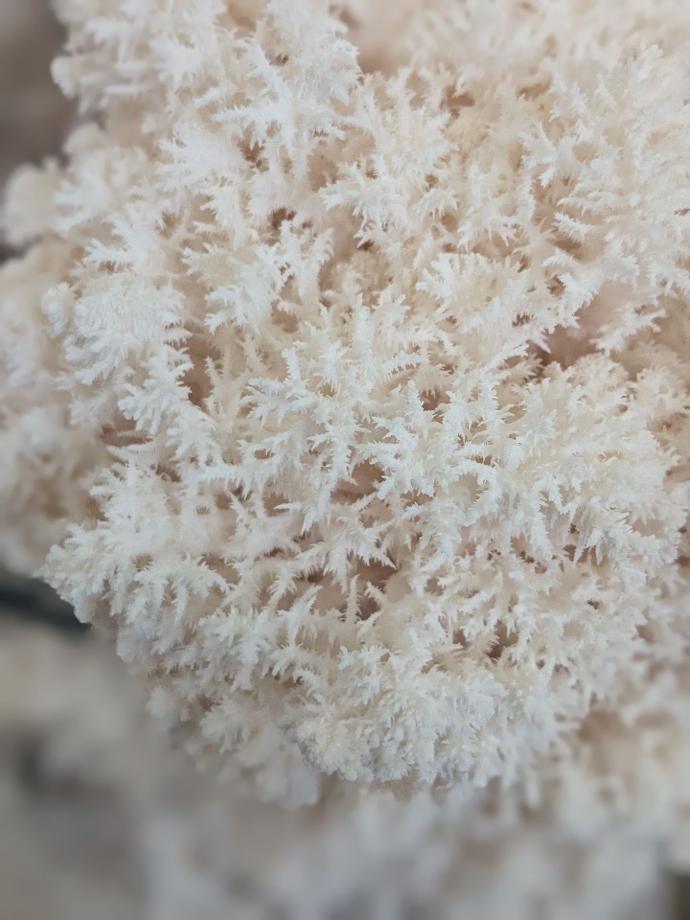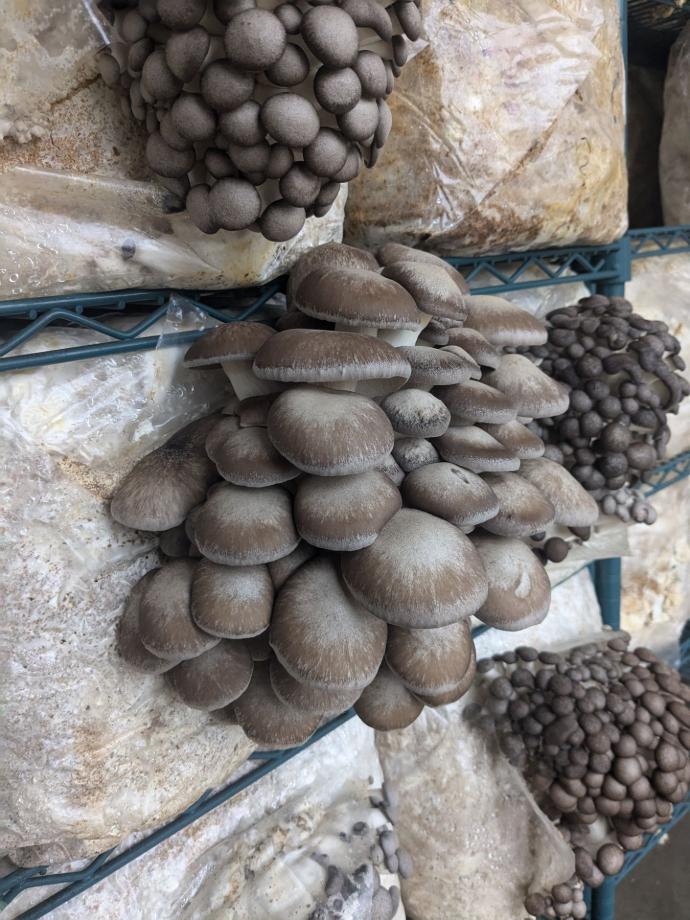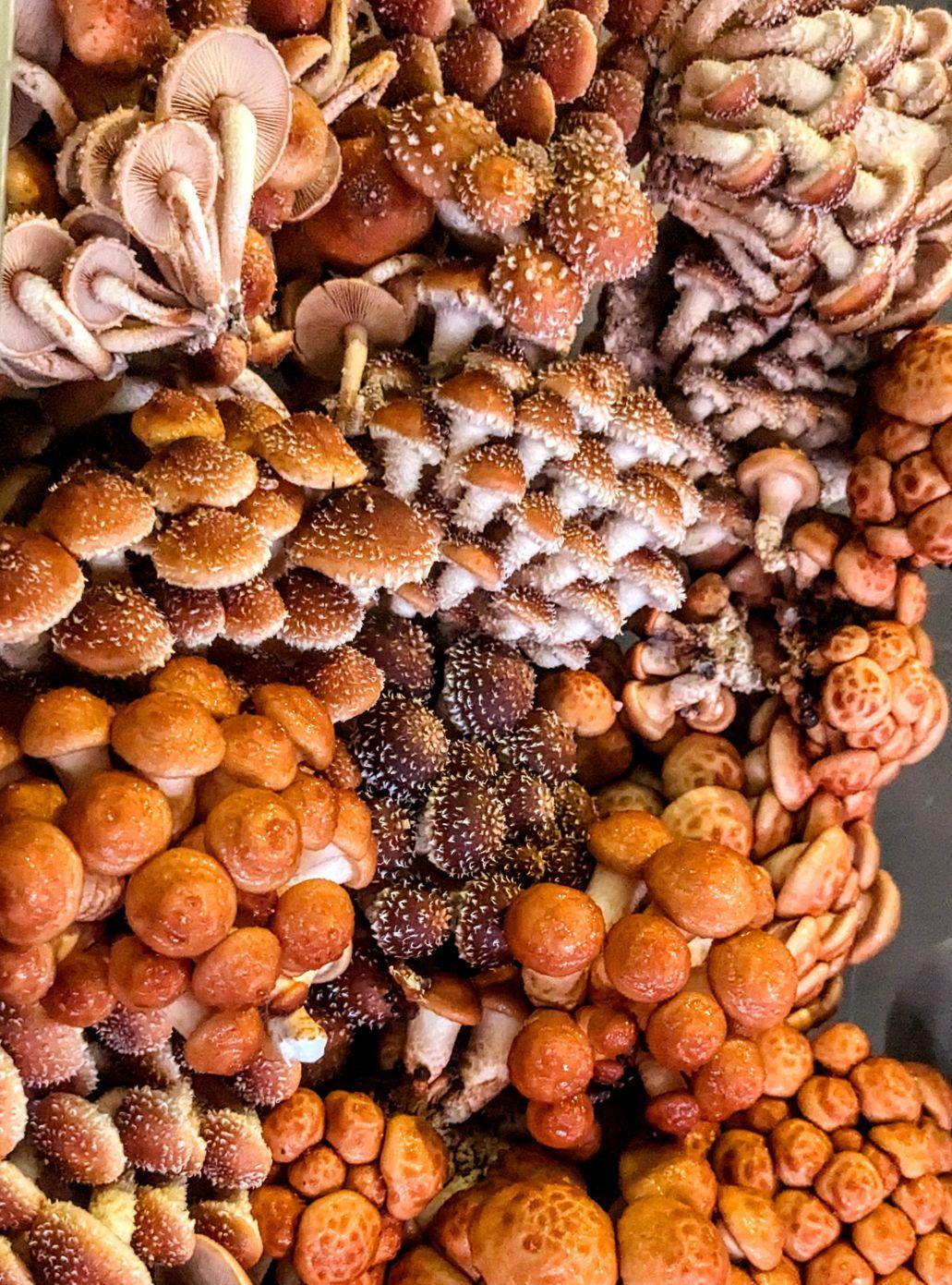Mushroom Grow Kit Guides
Our Mushroom Growing Kits are an excellent introduction to the hobby of mushroom cultivation.
We've done the technical work, and you only need to provide a cool, humid environment for your kit with occasional air flow.
These kits are primarily grown indoors, though they can be cultivated outside depending on the season. However, we generally recommend that be reserved for more experienced cultivators as indoor cultivation offers a better chance for success and greater control.
Select your grow kit variety below to learn how to best take care of your new fungal friend.




